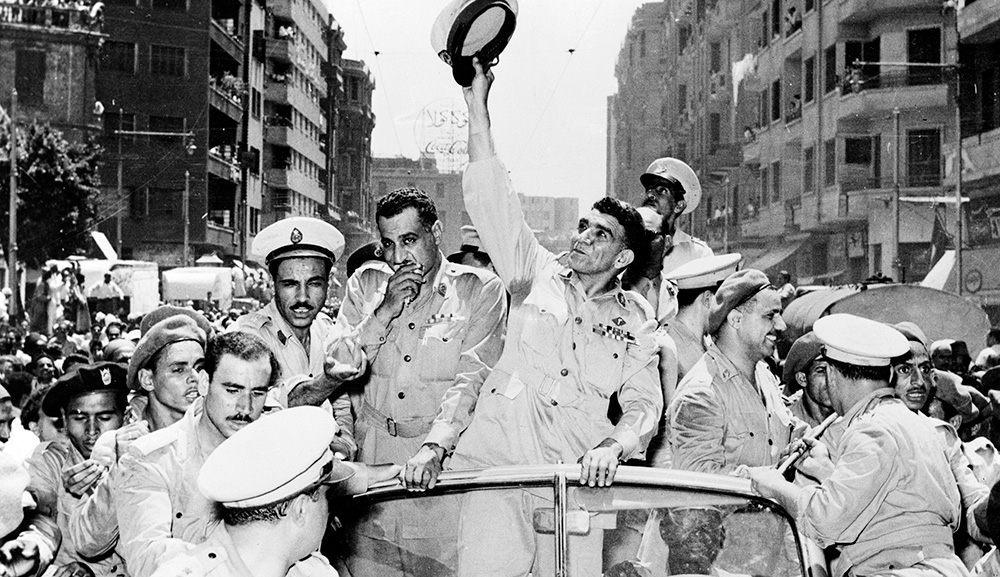Last month, the United Arab Emirates (UAE) included the Council on American-Islamic Relations (CAIR), a U.S-based lobbying organization, on a list of banned terrorist groups. Since CAIR is legal in the U.S. and in the past has had good relations with the UAE, the news came as a surprise to some. But the move is justified, according to Daniel Pipes. CAIR routinely acts as an apologist for terror groups, maintains strong ties with Hamas and the Muslim Brotherhood, has run afoul of American law, and worse. The decision to censure it, explains Pipes, is a sign of changing allegiances in the Arab world:
After decades of working closely with the Muslim Brotherhood (MB) and its related institutions, the Persian Gulf monarchies (with the single, striking exception of Qatar) have come to see the MB complex of institutions as a threat to their existence. The Saudi, Emirati, Kuwaiti, and Bahraini rulers now view politicians like Mohamed Morsi of Egypt as their enemies, as they do Hamas and its progeny—including CAIR. While the Gulf monarchs have not become any less Islamist, they have acquired a clear-eyed appreciation of the harm that MB-related groups can do. . . .
Is the [UAE] listing warranted? Can a Washington-based organization with ties to the Obama White House, the U.S. Congress, leading media outlets, and prestigious universities truly be an instigator of terrorism? CAIR can rightly be so characterized. True, it does not set off bombs, but . . . CAIR incites, funds, and does much more vis-à-vis terrorism.
More about: American Muslims, Arab, CAIR, Muslim Brotherhood, Terrorism, United Arab Emirates


